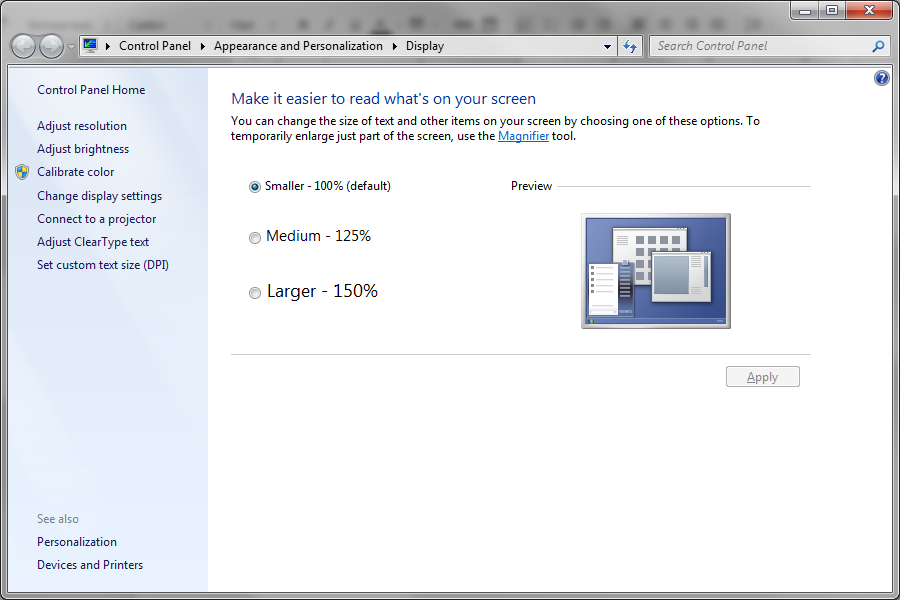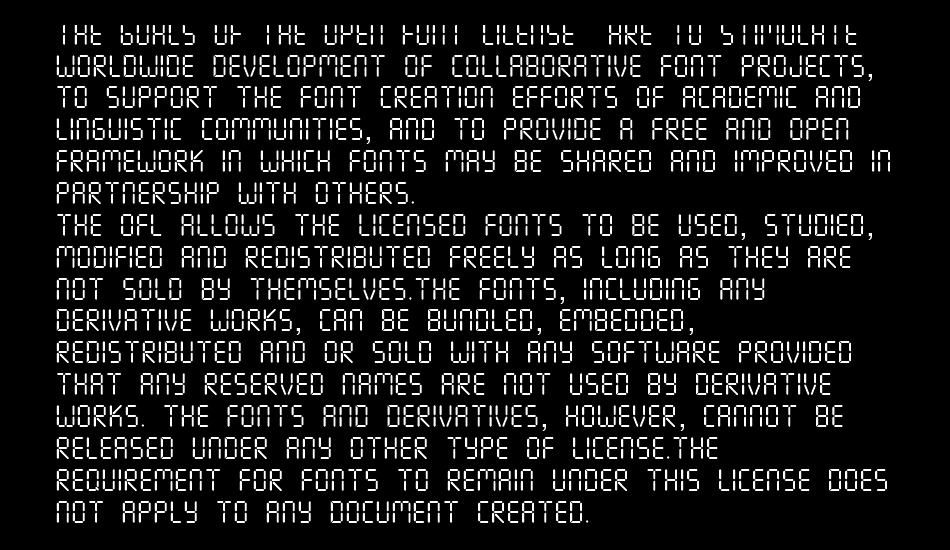
However, the easy recognition of seven-segment displays, and the comparatively high visual contrast obtained by such displays relative to dot-matrix digits, makes seven-segment multiple-digit LCD screens very common on basic calculators. In contrast, the shapes of LED segments tend to be simple rectangles, because they have to be physically moulded to shape, which makes it difficult to form more complex shapes than the segments of seven-segment displays. Unlike LEDs, the shapes of elements in an LCD panel are arbitrary since they are formed on the display by photolithography. The seven-segment pattern is sometimes used in posters or tags, where the user either applies color to pre-printed segments, or applies color through a seven-segment digit template, to compose figures such as product prices or telephone numbers.įor many applications, dot-matrix liquid-crystal displays (LCDs) have largely superseded LED displays in general, though even in LCDs, seven-segment displays are common. Some included magnifying lenses in the design to try to make the digits more legible.

1970s) LED seven-segment displays had each digit built on a single die.

Vacuum fluorescent display versions were also used in the 1970s. These worked similarly to modern LED segment displays. There were also segment displays that used small incandescent light bulbs instead of LEDs or incandescent filaments. Minitrons are filament segment displays that are housed in DIP ( dual in-line package) packages like modern LED segment displays. A variation (minitrons) made use of an evacuated potted box. Some early seven-segment displays used incandescent filaments in an evacuated bulb they are also known as numitrons. They did not achieve widespread use until the advent of LEDs in the 1970s. They were also used to show the dialed telephone number to operators during the transition from manual to automatic telephone dialing. In 1910, a seven-segment display illuminated by incandescent bulbs was used on a power-plant boiler room signal panel. Wood invented an 8-segment display, which displayed the number 4 using a diagonal bar ( U.S. Patent 1,126,641), when Carl Kinsley invented a method of telegraphically transmitting letters and numbers and having them printed on tape in a segmented format. Seven-segment representation of figures can be found in patents as early as 1903 (in U.S.
Seven-segment displays are widely used in digital clocks, electronic meters, basic calculators, and other electronic devices that display numerical information.

Form of electronic display device for displaying decimal numeralsĪ typical 7-segment LED display component, with decimal point in a wide DIP-10 packageĪ seven-segment display is a form of electronic display device for displaying decimal numerals that is an alternative to the more complex dot matrix displays.


 0 kommentar(er)
0 kommentar(er)
